Why Singapore’s Bridges Matter in a Globally Connected World
Singapore is widely known for its thriving economy, rich culture, and impressive advancements in technology. But beyond these, the bridges that link its districts tell a much deeper story. For social media users, small business owners, and even international tourists, these structures offer far more than just a way to get from one place to another. Each crossing presents a world of opportunities—from cultural exchange and economic growth to environmental awareness.
Some may see bridges as just part of everyday infrastructure, but in Singapore, they represent something much bigger. They are channels of trade, innovation, and human connection. Let’s look closer at how these bridges play a powerful role not just locally but globally.
- Singapore’s bridges mirror the city-state’s development and values.
- They drive daily mobility, tourism, and trade.
- Artistic and architectural brilliance is evident in many designs.
- Environmental planning is part of their construction.
- They serve as models for infrastructure development around the world.
Connecting History and Progress
Singapore’s journey from a trading port to a global hub is incomplete without mentioning its bridges. Back when merchants gathered by the Singapore River, bridges played a key role in trade and social interaction. Over time, these structures evolved with the city, becoming part of its modern identity.
Today, bridges reflect not only utility but also national pride and design excellence. Many international visitors travel specifically to see them. These aren’t just places to cross—they’re sites that carry stories of resilience and growth.
Designs That Inspire
Global admiration goes to the architects behind Singapore’s famous bridges. Some aim for dramatic, artistic expressions, while others focus on sleek and practical forms. Together, they represent a blend of creativity and safety that cities around the world find admirable.
Take the Helix Bridge as an example. Modeled after a DNA structure, it combines science and art in a seamless design. Visitors, tourists, and architects alike often find inspiration here for their own work.
A Bridge to Communities
Beyond physical function, bridges also bring people closer. In a diverse city like Singapore, they make it easier for people of different backgrounds to meet and interact. This strengthens community bonds.
Imagine walking across one of these bridges on your way to the city center—you might hear multiple languages, see a mix of fashion styles, and feel a culture of openness. This kind of exposure builds understanding.
Helping the Tourism Industry
Tourism is a major part of Singapore’s economy, and its bridges contribute to this success. They add charm to the city, creating photogenic spots that attract social media buzz. Some come alive at night with beautiful lights, adding to the city’s visual appeal.
These features also make a strong impression on international delegates during events and expos. When visitors see how well-designed these public spaces are, they often consider the city a top location for meetings and exhibitions.
Smart Technology in Action
Singapore uses technology to maintain and upgrade its bridges. Some structures have built-in sensors to track conditions in real-time. This kind of monitoring helps detect early signs of wear and ensures long-term safety.
International engineers and planners often study Singapore’s methods to adopt similar practices. It’s not just about building a bridge, but doing it in a way that supports long-term goals.
Economic Boost
Bridges help keep Singapore’s economy running smoothly. They make transportation efficient for goods and services. Businesses depend on fast and reliable movement, which bridges help make possible.
They also create jobs—engineers, maintenance workers, tourism guides, and marketers all benefit. Plus, when bridges look impressive, they help shape a city’s global image. That can draw investors who believe the country is well-organized and forward-thinking.
Respecting the Environment
Environmental care is central to Singapore’s urban planning. Some bridges are made to support wildlife, like the Eco-Link@BKE. This special bridge connects two forested areas, allowing animals to cross safely.
Such initiatives show how infrastructure can support both people and nature. Countries interested in green development often look to Singapore as a model.
Connecting Trade Routes
Singapore is one of Southeast Asia’s busiest trade hubs. Even though it’s small in land area, its bridges support big economic activity. They link ports, airports, and commercial centers efficiently.
Other nations study how Singapore integrates bridges into wider transport systems. The goal is always the same: faster movement of people and goods, and stronger global ties.
Learning and Culture Exchange
Bridges also help share ideas. As experts, students, and tourists travel through Singapore, they get a sense of the city’s educational and cultural landscape.
Districts are uniquely built, making it easy to see various types of schools, offices, and cultural centers in a short walk. This setup encourages people to learn more about both local and global viewpoints.
Stories That Resonate
For many people, bridges are part of memorable moments. Some recall walking with loved ones during sunset or enjoying peaceful views over the river. These simple experiences are often shared on social media, sparking interest in others to visit.
Each post adds another layer to the story of Singapore as a vibrant, welcoming city.
Global Interest in Local Success
Singapore’s success didn’t happen overnight. It came from careful planning and teamwork between the public and private sectors. Delegates from other countries visit to learn how Singapore designs, maintains, and beautifies its bridges.
They leave with ideas about route planning, durable materials, and ways to open up public spaces for recreation. The result? More cities inspired to upgrade their own infrastructure.
Keeping Up with Modern Needs
As population and tourism increase, Singapore is preparing for more demand. Smart sensors, energy-saving materials, and digital integration are becoming part of new construction plans.
These steps are helping Singapore maintain balance—growing while still being mindful of the people and the environment. Other cities are watching and learning.
New Business Horizons
Because of Singapore’s success, businesses are now exploring fresh ideas related to urban infrastructure. These range from using 3D printing for parts of bridges to developing eco-friendly materials.
Tourism-based companies are also offering walking tours that focus on bridges. Influencers, vloggers, and travelers often feature these sites in their content, adding even more reach and engagement.
A Shared Responsibility
Creating and maintaining bridges requires more than just funding. It calls for involvement from government, private firms, and everyday citizens. Singapore shows how public cooperation can lead to efficient, people-centered results.
Community groups, historians, and environmental advocates also help shape the planning process. This leads to smarter and more inclusive development.
Blending the Past and the Future
Singapore respects its roots while reaching for the future. Its bridges reflect this balance by incorporating high-tech features while still honoring tradition and history.
They symbolize more than movement—they represent the drive to create a better life for everyone. In each crossing, there’s a shared goal of unity, growth, and understanding.
Singapore’s bridges are more than physical structures. They are living examples of how smart planning, cultural respect, and community cooperation can lead to meaningful progress. Whether you’re walking across for a quick errand or marveling at the skyline, you’re part of something larger—something that connects not just places, but people, ideas, and hope for a brighter future.
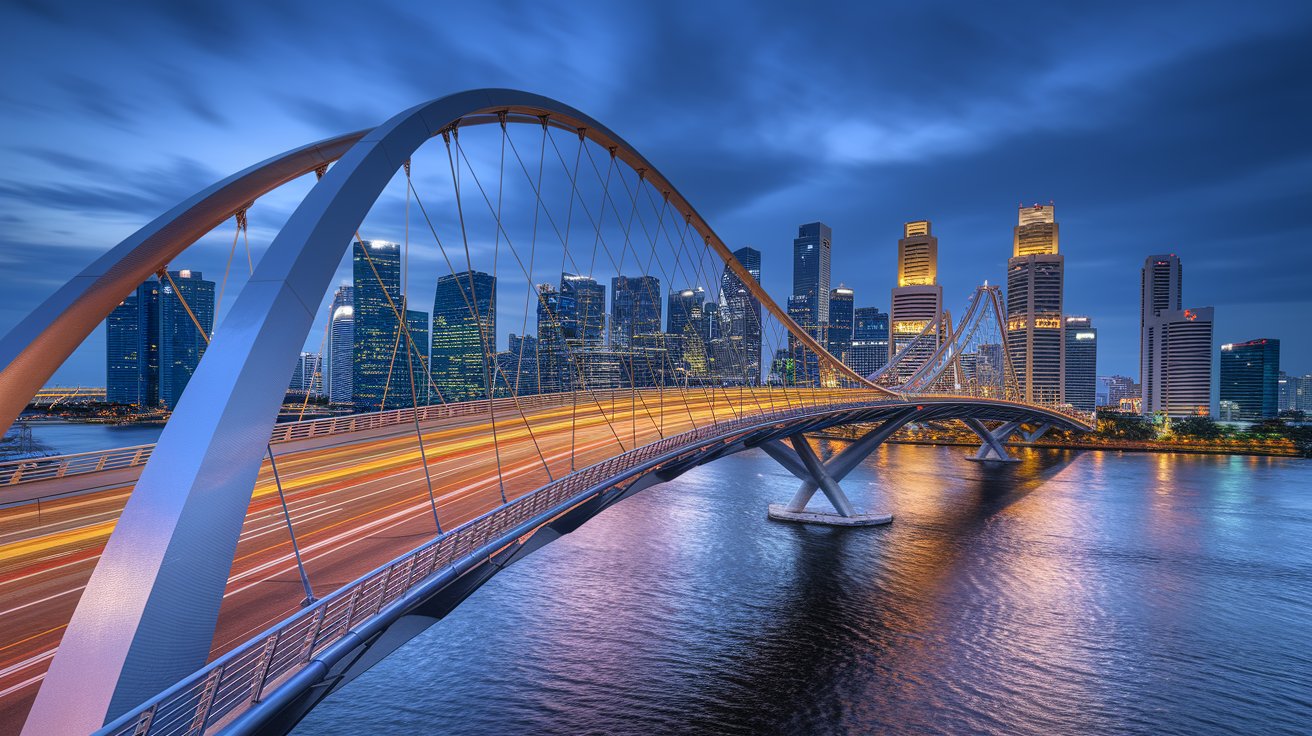


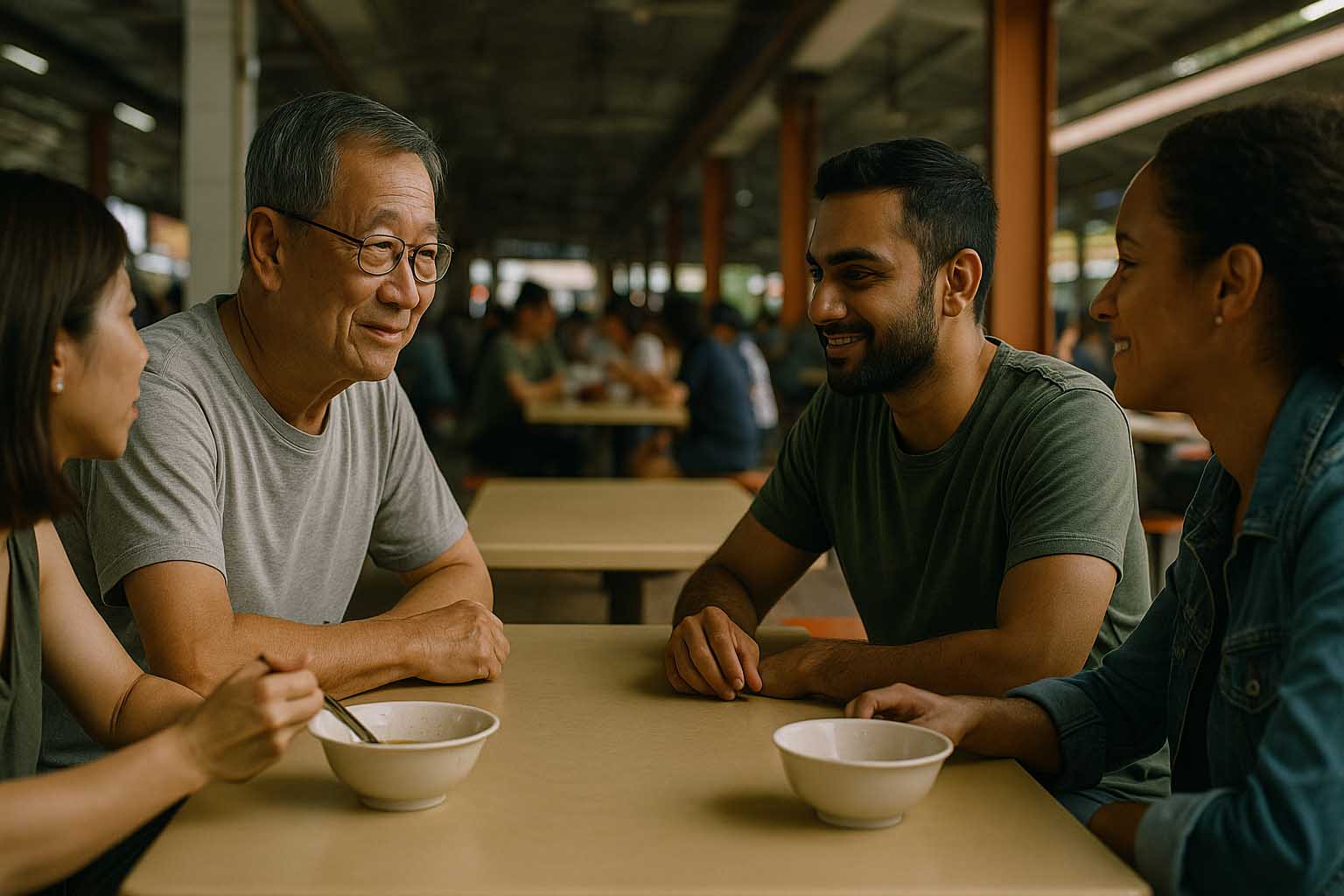


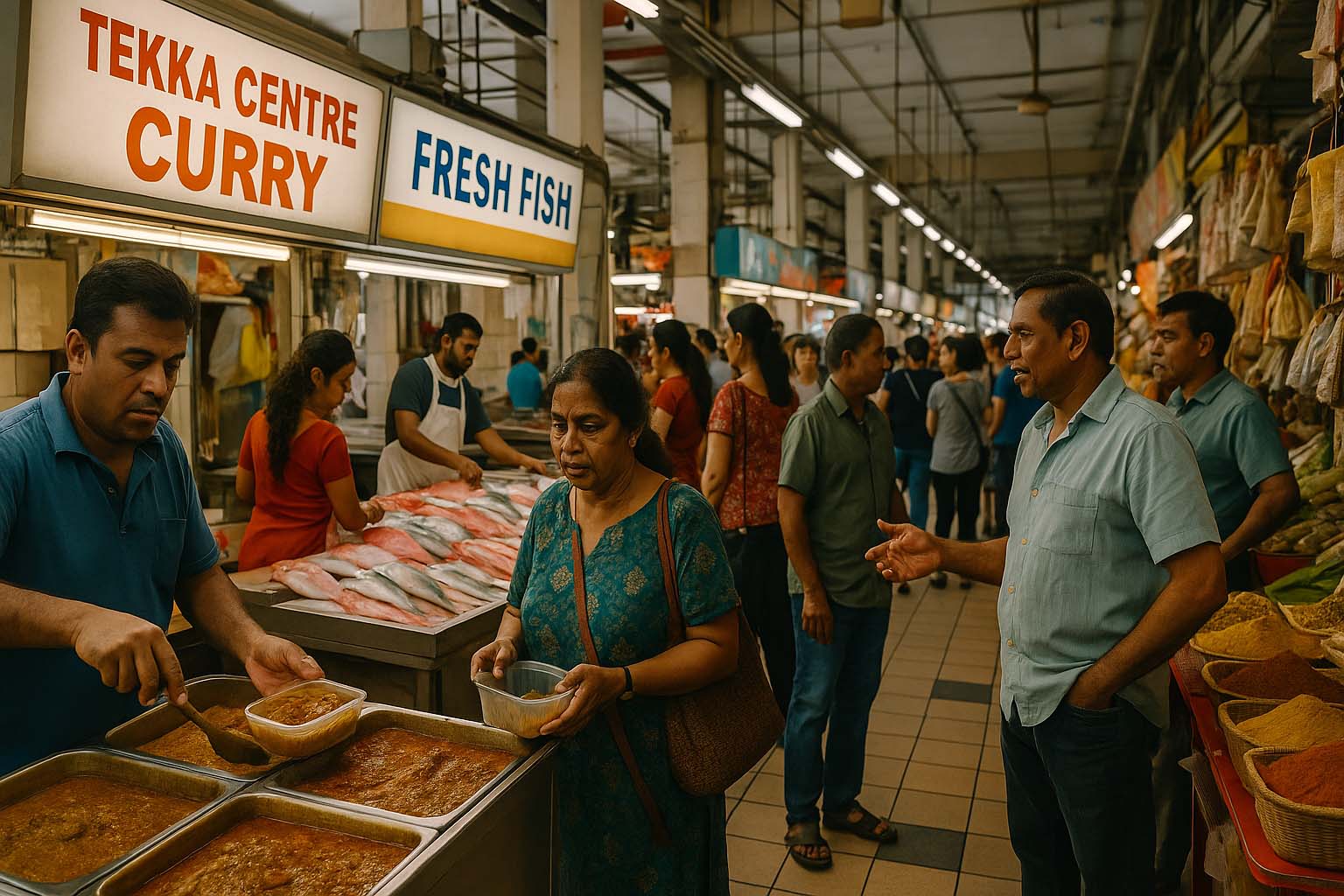
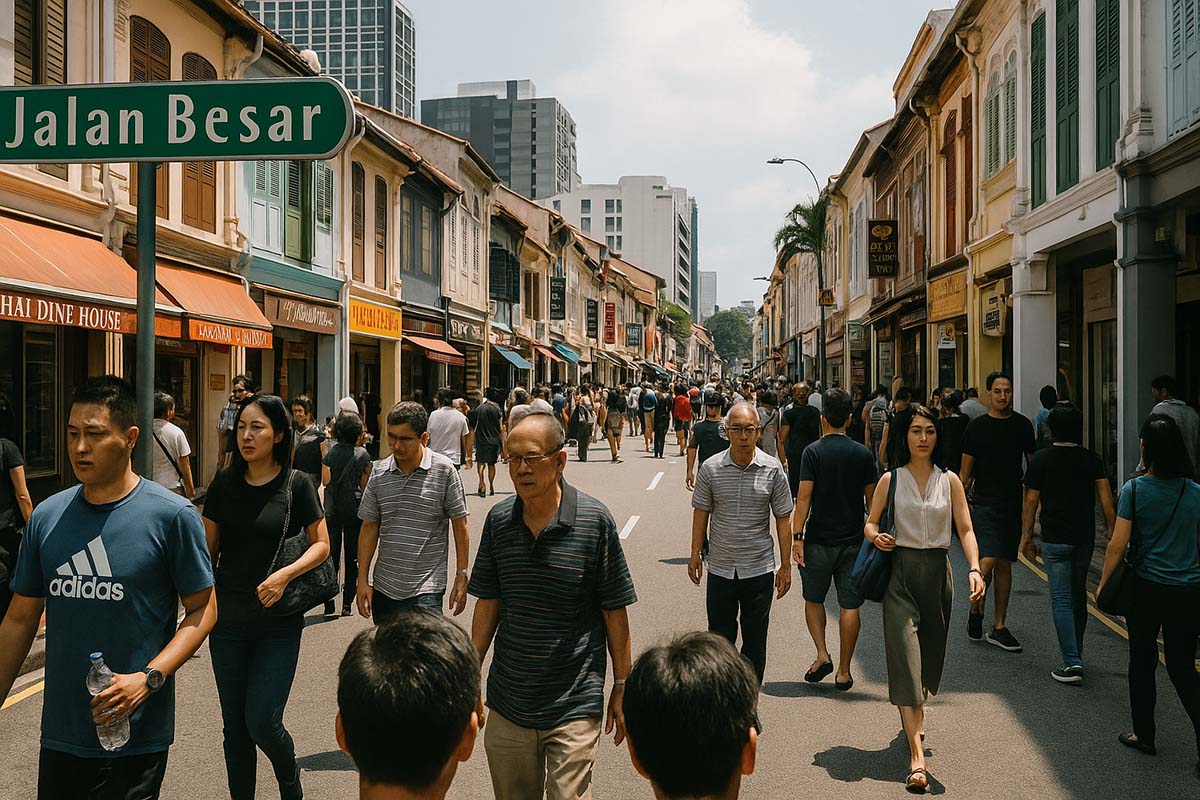
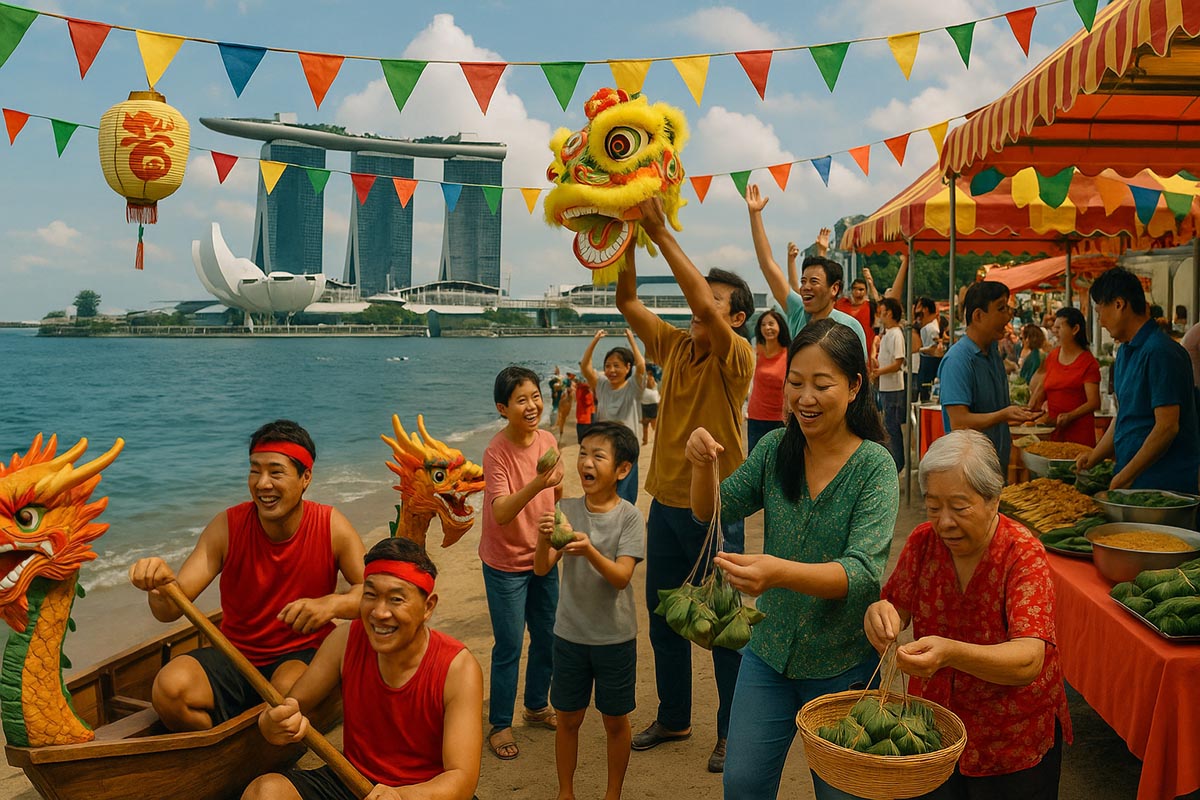
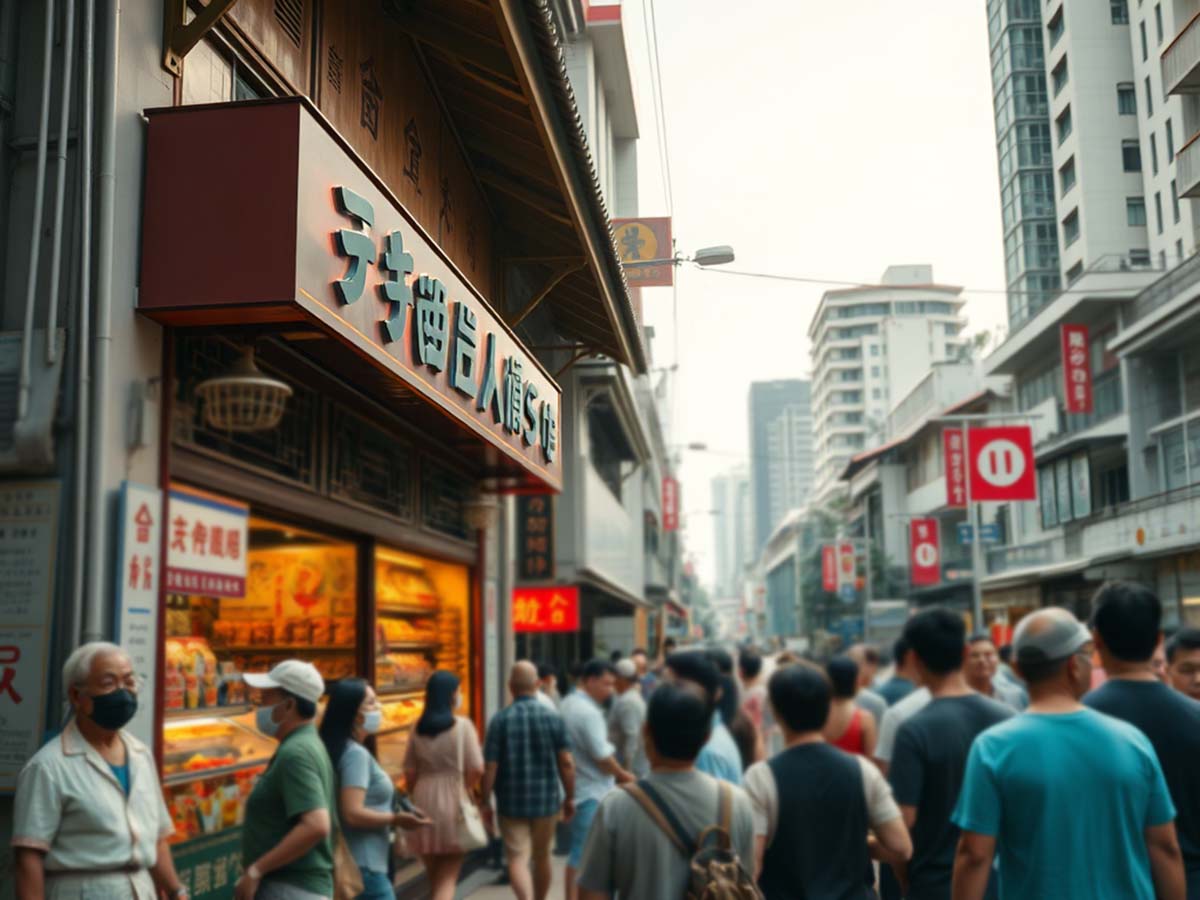
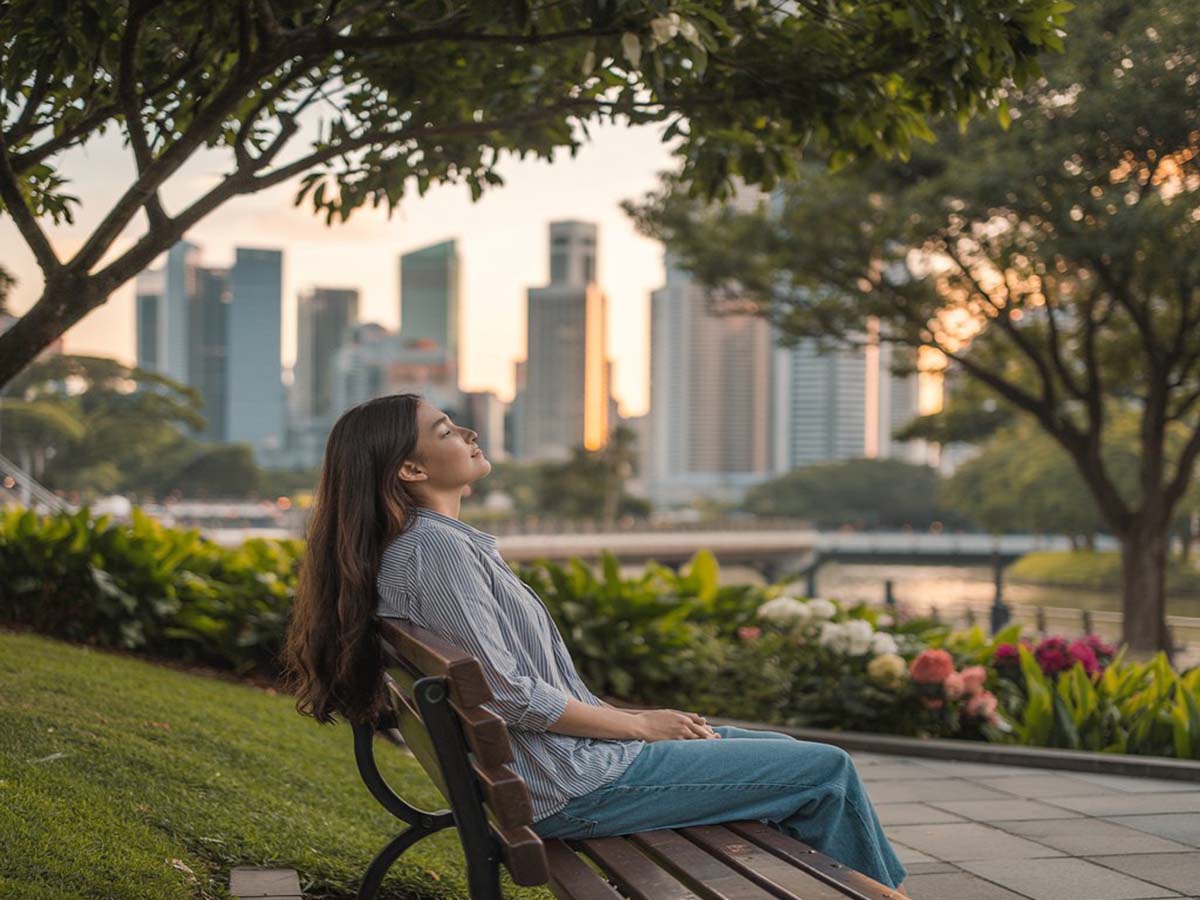
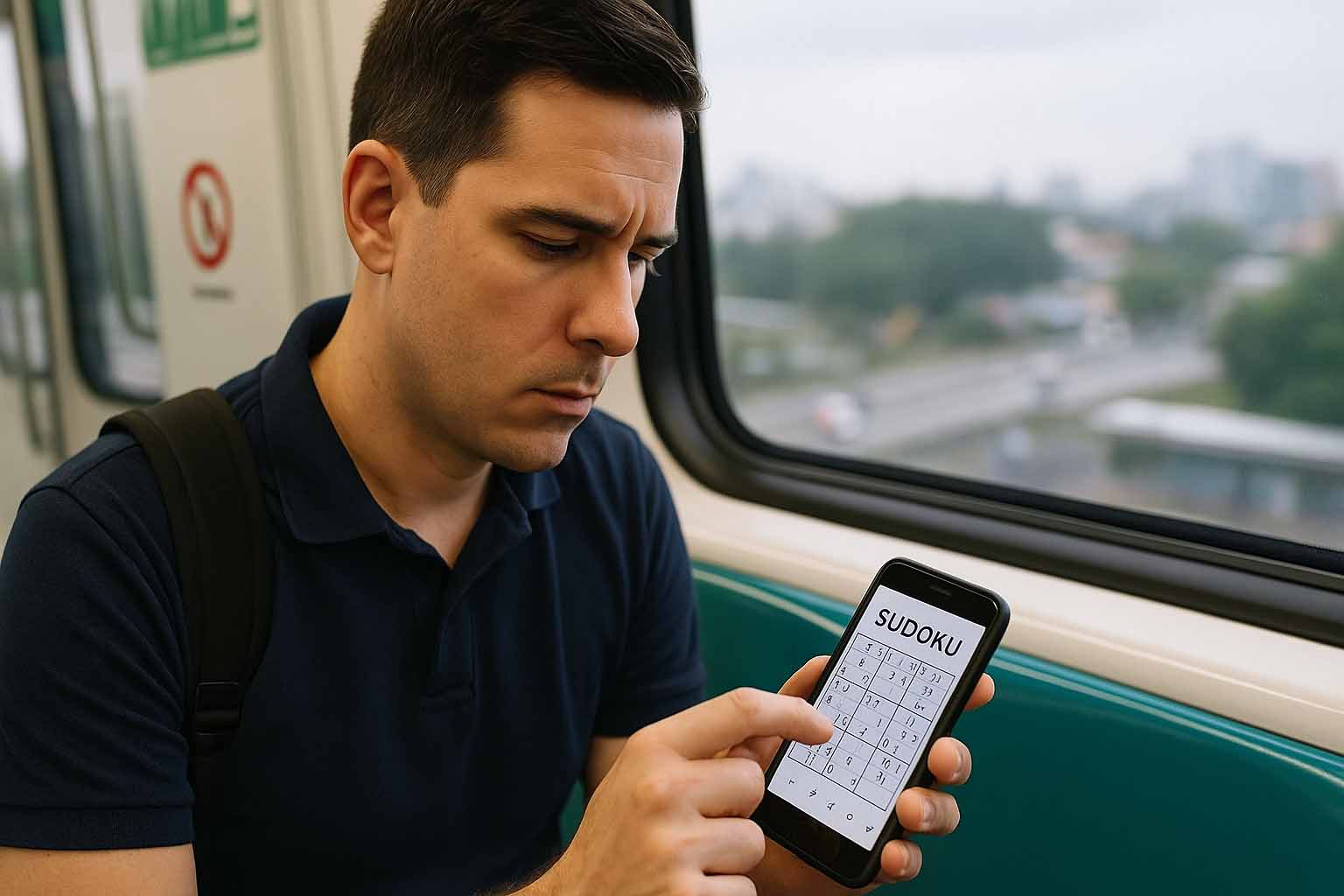
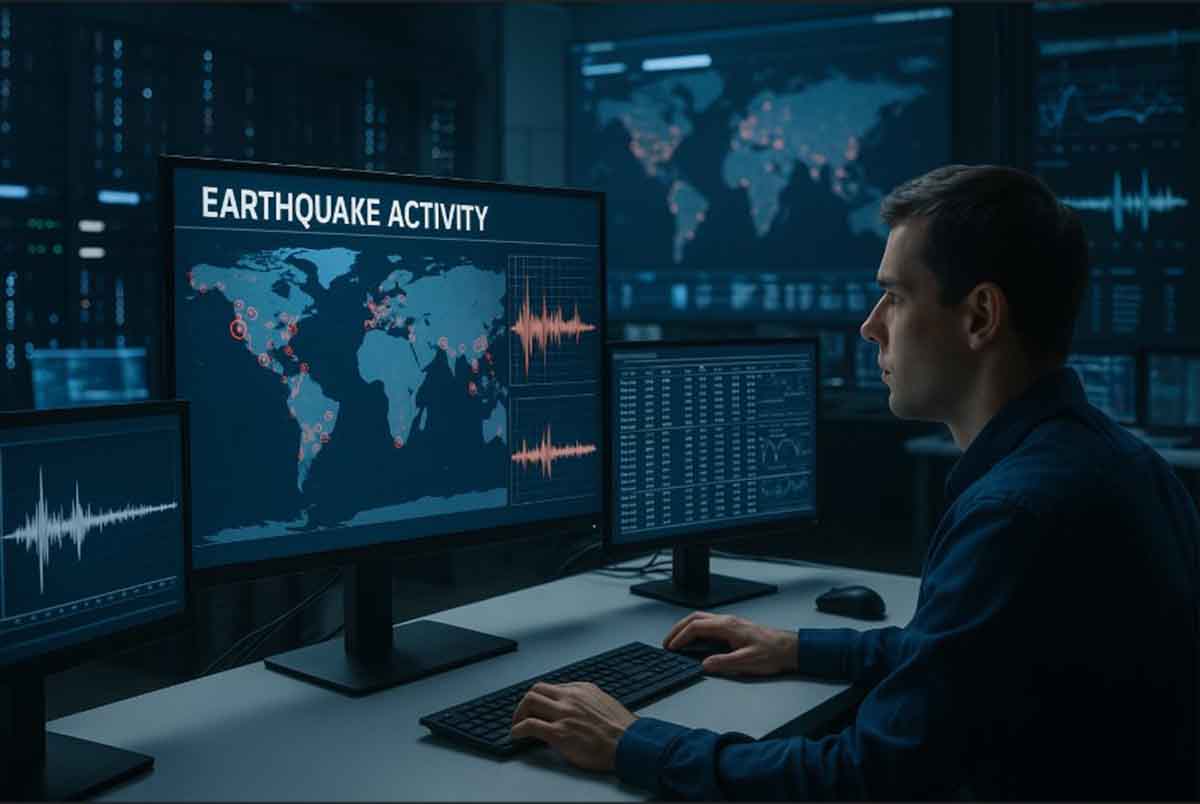

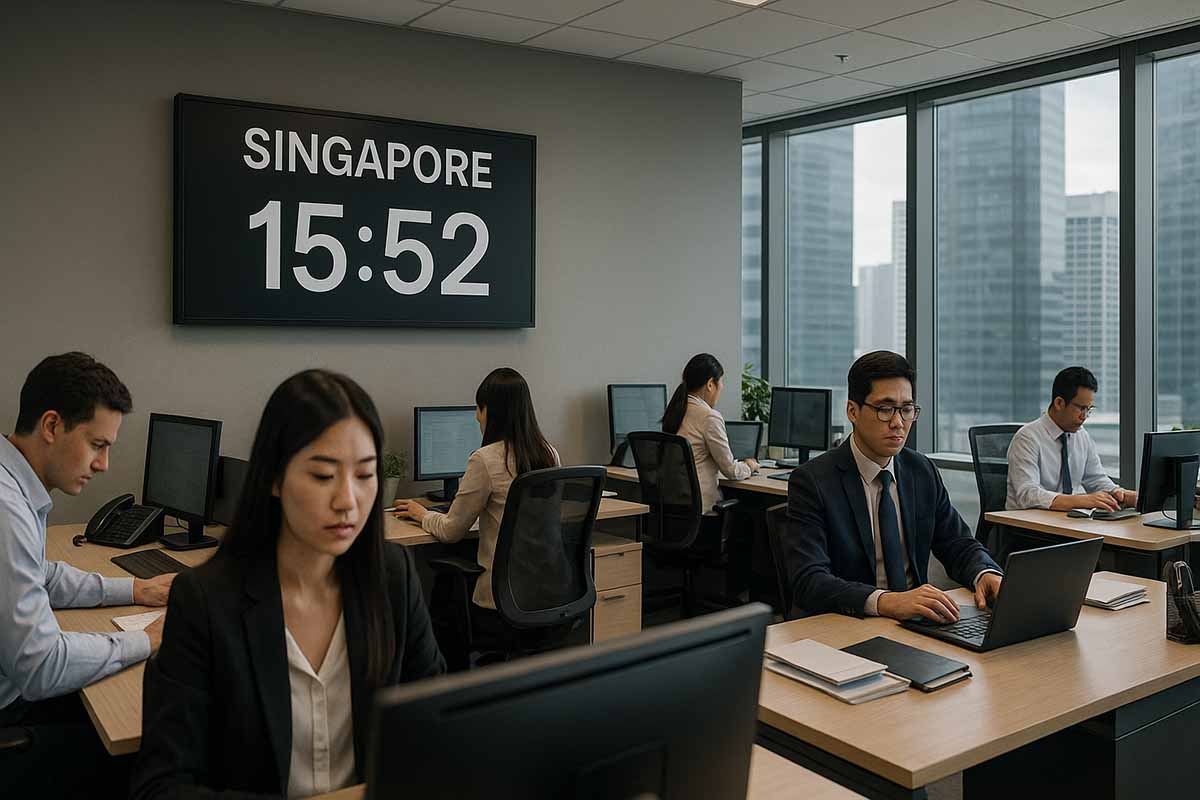
Leave a Reply